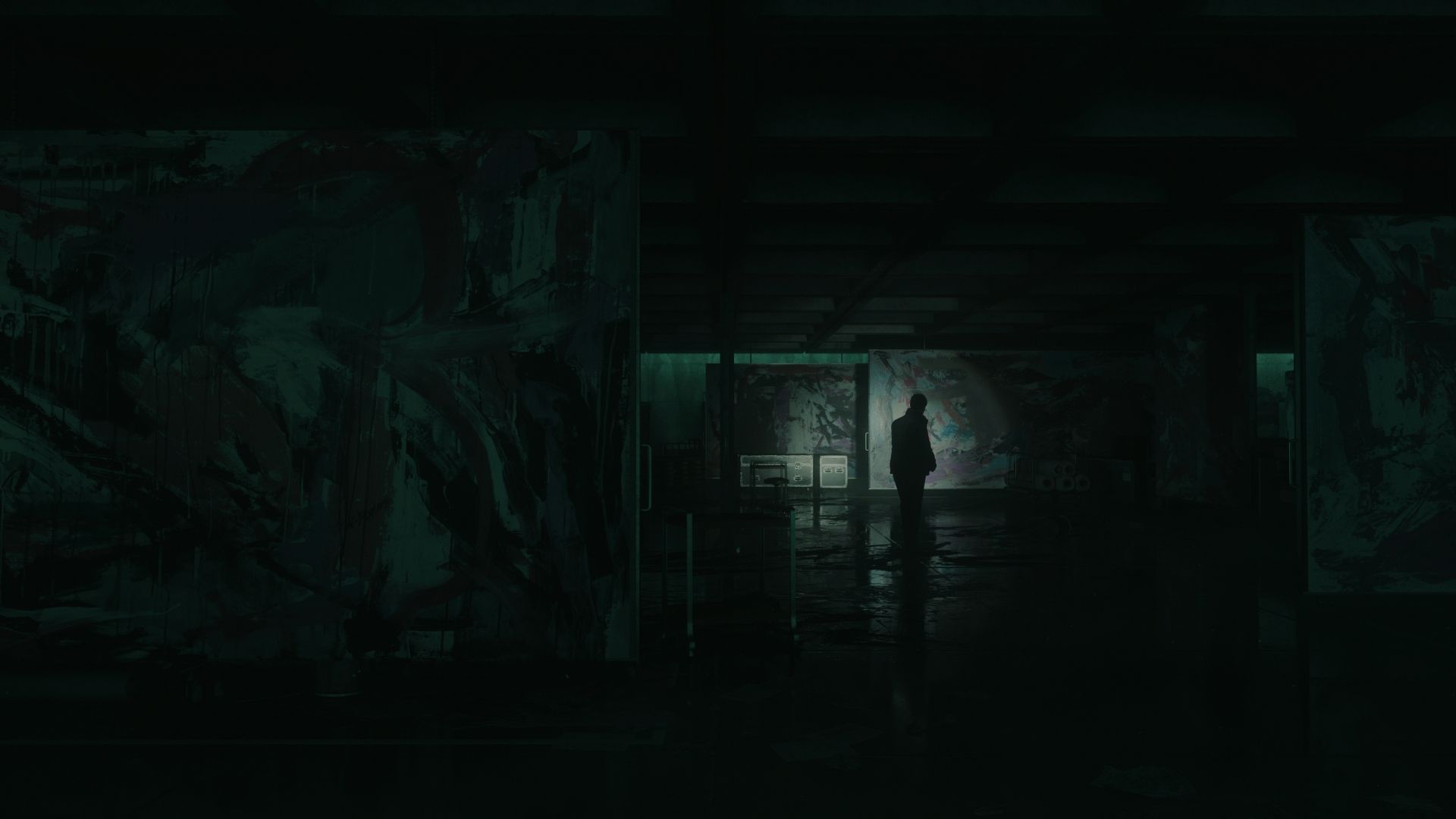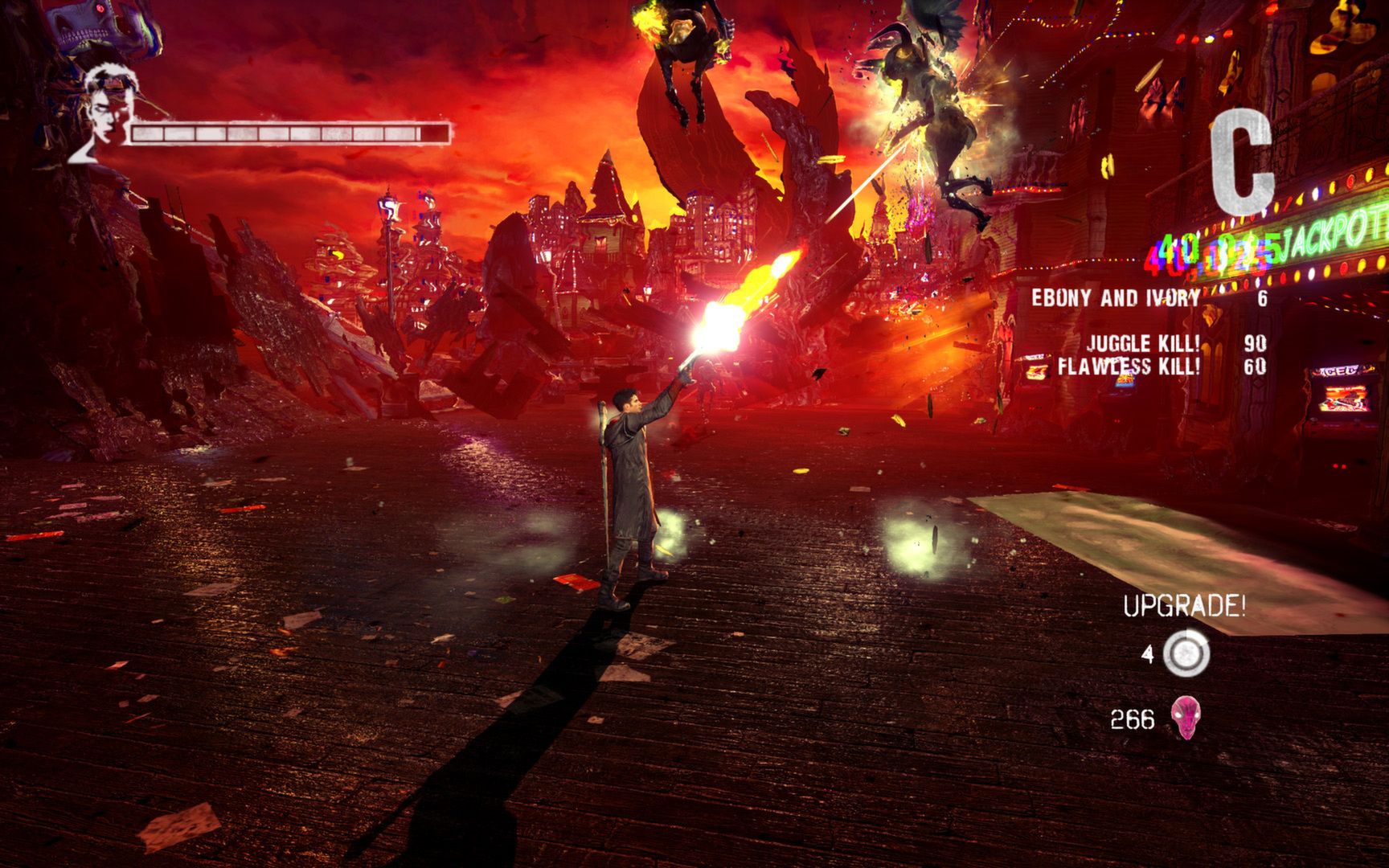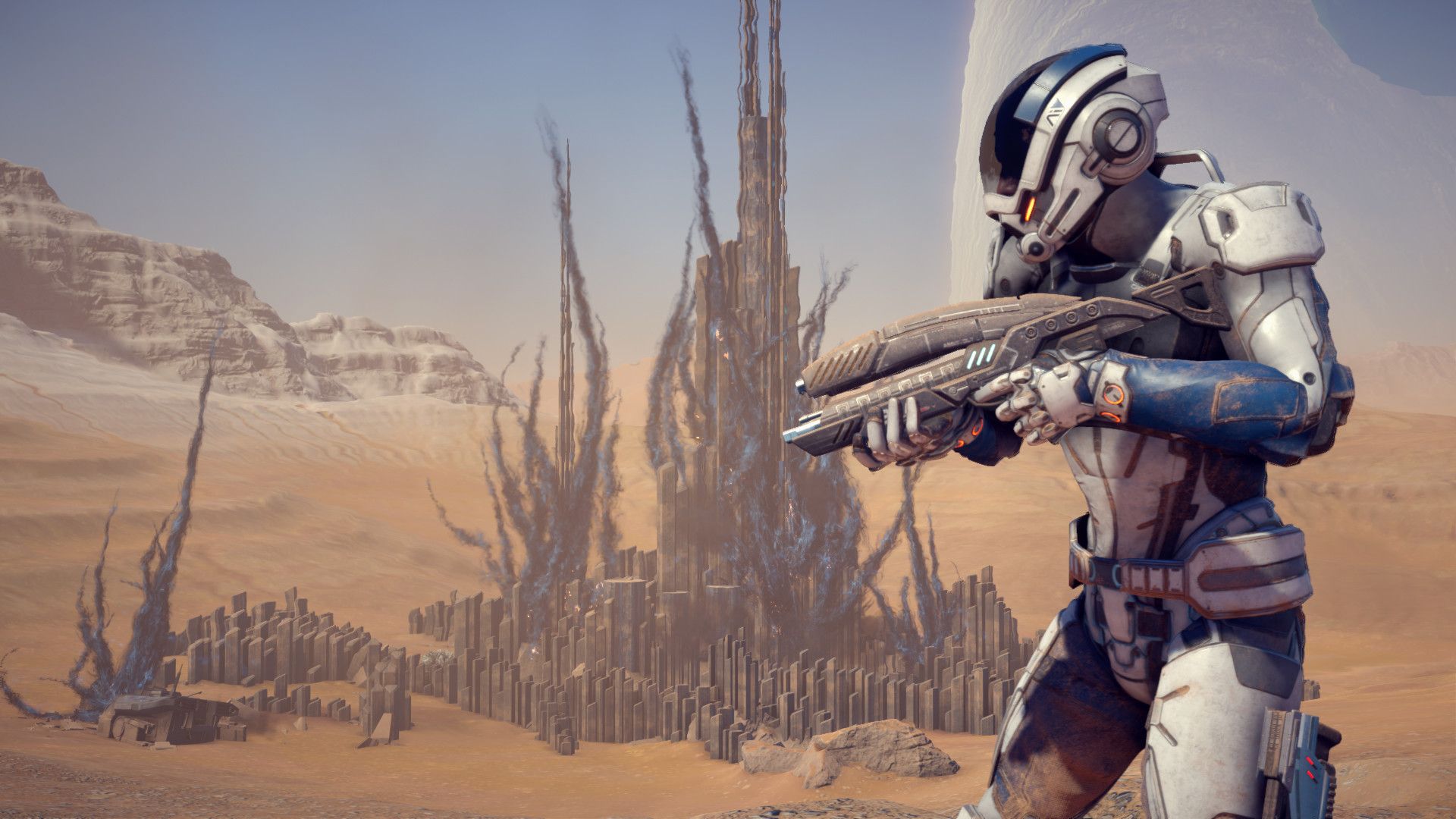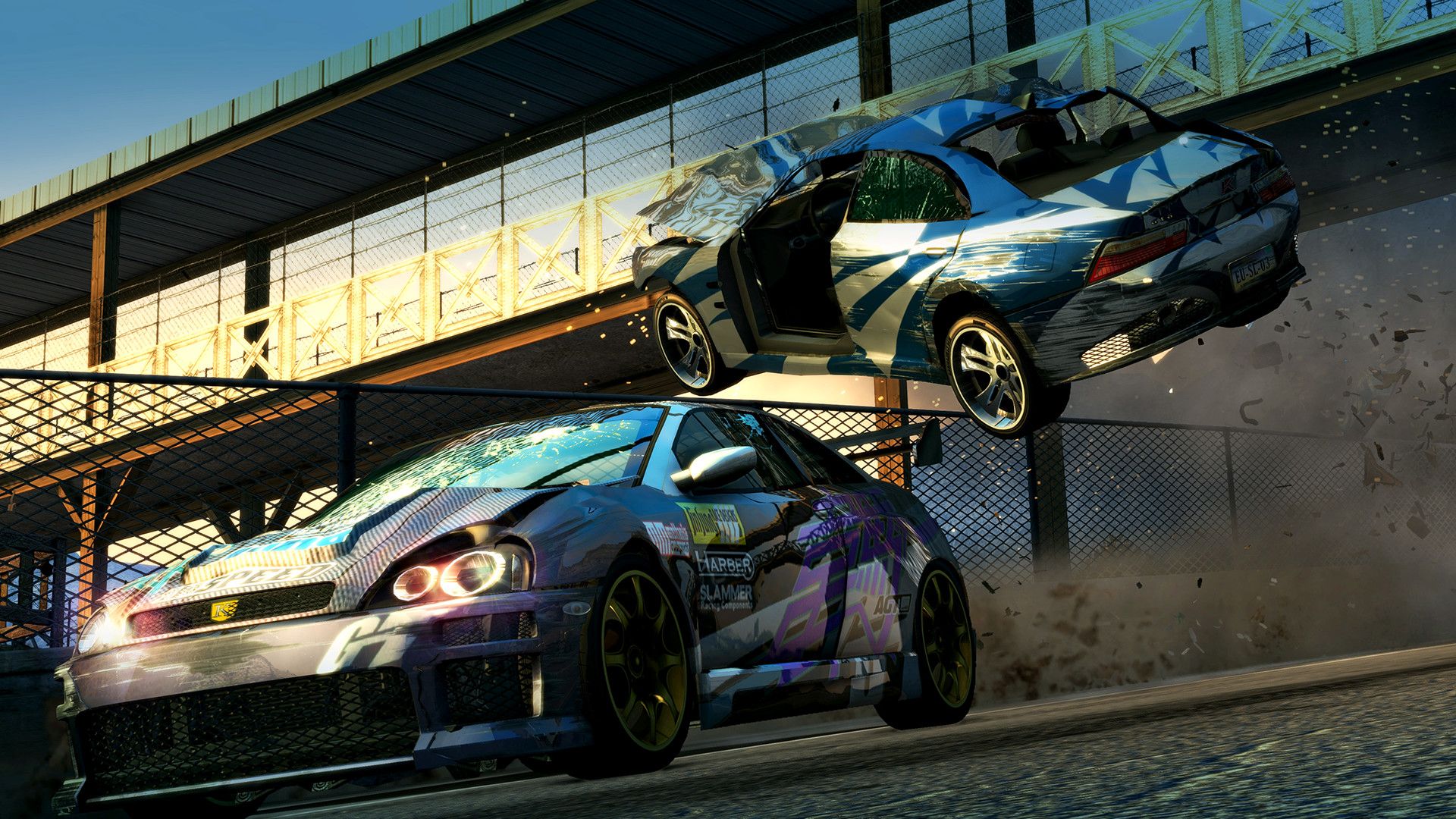Key Takeaways
- Financial viability can affect the viability of long-awaited game sequels, especially if the original didn’t make enough profit.
- Intellectual property ownership disputes and legal obstacles can prevent game sequels from happening and add to the financial burden.
- Studio closures, team changes, the changing face of video game trends, and development struggles can lead to long delays or cancelations.
Have you ever fallen in love with a game, only for its sequel to never see the light of day? Whether it’s a hidden gem or one of the most popular game franchises of all time, the wait is endless. So what’s stopping these beloved games from seeing the light of day?
Financial Viability and Profitability
Let’s be realistic: the primary reason most games are developed and published is money. Gaming is a fun hobby for you and me, but for the developers, it’s their livelihood. Triple-A games take years to make and cost tens (or hundreds) of millions of dollars to develop, so if the game isn’t a smash hit, the studio will lose money, and a sequel becomes unlikely. That’s why the Beyond Good & Evil 2 announcement was such a surprise, as the original game did rather poorly.
A more positive example is the original Alan Wake. While the original game’s did fine, selling around 1.5 million units in 2011, it’s nothing compared to the 4.5 million units it later shifted in 2015, which is why we probably ended with a sequel in 2023. Remedy Entertainment (the developers behind Alan Wake) shifted focus to more interesting projects and returned to the franchise once a sequel made financial sense.
Publishers have to be relatively sure that the game they’re funding will be a smash hit and turn a profit. A big part of the decision-making process involves following proven and “safe” video game industry trends.
Intellectual Property Becomes Stranded
Licensing intellectual properties (IPs) to make a game can turn into a legal mess when the developers don’t own the IP. The IP holder has the last word in how their property will be used, so the developers have to go back and forth with the IP holders when making a game, which costs a lot of time and money.
This is on top of whatever the IP holder is charging for use of the property, which can sometimes be as substantial as FIFA’s $1 billion charge for only four years, which is why EA decided to make EA Sports FC instead.
Other times, the IP holder simply doesn’t want to make any more games for a certain period. This usually happens when a publisher holds the rights to the IP and doesn’t wish to continue releasing new games under it. System Shock was tangled between multiple parties, which is why it took more than 20 years for new games to be released under the name.
The Changing Face of the Games Industry
Video games have always followed and built upon trends. Just in the past few years, we’ve seen the rise (and fall) of live service games, battle royale games, mobile gaming, indie games, and an emphasis on vast open worlds. These trends are popular among shareholders, as they’re proven to work and often promise significant financial returns thanks to high sales.
If developers decide to make a sequel to a much-loved but old-school game, they have two options: turn the game into something completely different that barely pays homage to the original, which might anger fans, or stick to the original script and risk making a game that won’t sell outside of the pre-existing fanbase.
A decent example of the former is the 2013 game DMC: Devil May Cry. Although it was a solid title that many people enjoyed, DmC fans weren’t too happy about all the changes to lore and gameplay. For the latter, Shenmue III stayed true to its roots, but it almost exclusively appealed to longtime fans of the series, struggling to attract mainstream gamers who had never played either of the original games on the Dreamcast.
Studio Closures and Team Reshuffling
At the end of the day, it’s not the intellectual property, concepts, and mechanics that make a game; it’s the people behind it. When large parts of the development team leave, or a studio is dissolved and there’s very little left other than the IP, it becomes difficult to capture the magic of the original game.
For example, Mass Effect: Andromeda was technically made by BioWare, the same studio that made all the other Mass Effect games. However, all key developers had left the studio, so what we got in the end was a game that many felt lacked the “special sauce” that made the previous games special.
IP owners can always try bringing the project to a new studio, but there’s no guarantee that they’ll do the franchise justice. Generally speaking, it’s more profitable to leave the franchise behind and focus on something new, fresh, and exciting.
That’s what happened when Blizzard saw success with World of Warcraft, which led to StarCraft: Ghost, a game that’s often referred to as “vaporwave,” being put on an indefinite hold before its official cancelation in 2014.
Development Hell and Long Delays
When developers face numerous obstacles during development, it’s often referred to as “development hell.” This can be down to financial struggles, but it can also happen when the scope is too great, or there are creative differences among the team.
The boomer shooterDuke Nukem Forever is a prime example. The sequel to Duke Nukem 3D was stuck in development hell for over a decade. 3D Realms had no financial support from Take-Two and the studio eventually had to close shop. Gearbox Software took over and finally managed to complete the game, but it was poorly received because the final product was pretty bad.
Niche Markets
The world of video games is filled with hidden gems from lesser-known developers, especially in the “double-A” segment. These are the types of games that have more funding than an indie but significantly less than a true triple-A game. When you come across such a game, you might notice that the quality is there, but it’s not a particularly popular and well-known title.
For example, I’m a massive fan of Criterion Games’ (owned by EA) Burnout franchise, but those games never came close to the scope and popularity of EA’s other racing franchise, Need for Speed. Burnout Paradise Remastered from 2020 only sold around 250,000 copies, which is nothing compared to Need for Speed Heat‘s 3–4 million.
As a result, EA has Criterion Games working on games that sell, such as new Need for Speed games and other popular EA titles like Battlefield and Star Wars Battlefront.
Sometimes They Do
The good news is that some excellent games do get sequels eventually, even if it takes a decade. Rockstar Games used to release Grand Theft Auto games every other year, but the pace slowed significantly after GTA IV.
The time and resources required to develop these games have grown exponentially, so it’s better to wait a bit longer and get a worthy sequel. We can always play other open-world games while waiting for GTA VI, so it’s not a big deal.
Even sequels that seem stuck in development hell sometimes emerge as successful. Dead Island 2 was originally announced in 2014, but it changed hands multiple times during development. However, it still received mostly positive reviews when it was finally released in 2023.
A few other examples of sequels that took their precious time include Crash Bandicoot 4: It’s About Time, the DOOM reboot, Mirror’s Edge Catalyst, and Kingdom Hearts III. Let’s hope the next Elder Scrolls game will also be at least as good as Skyrim.








